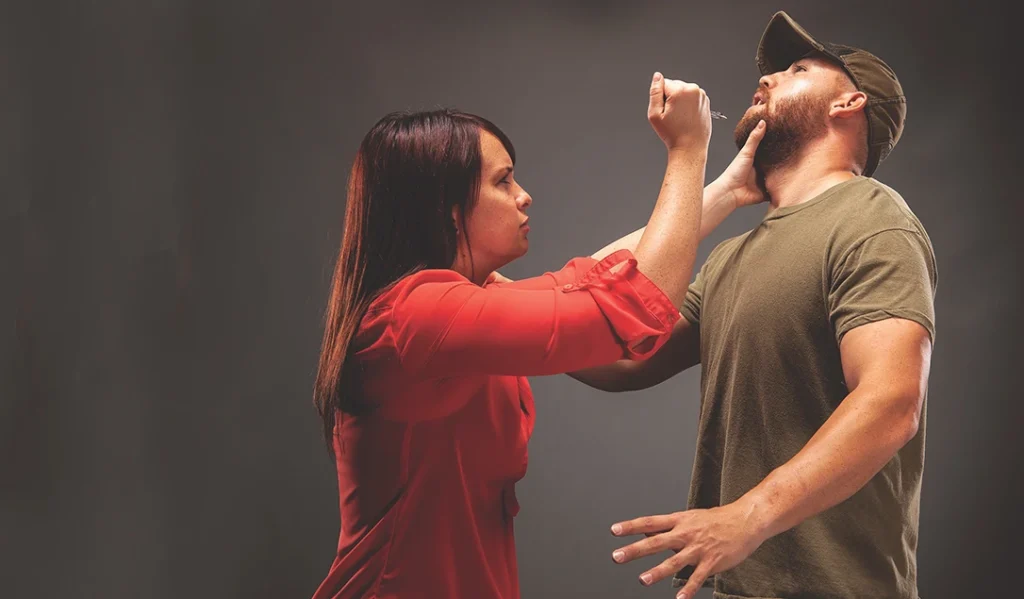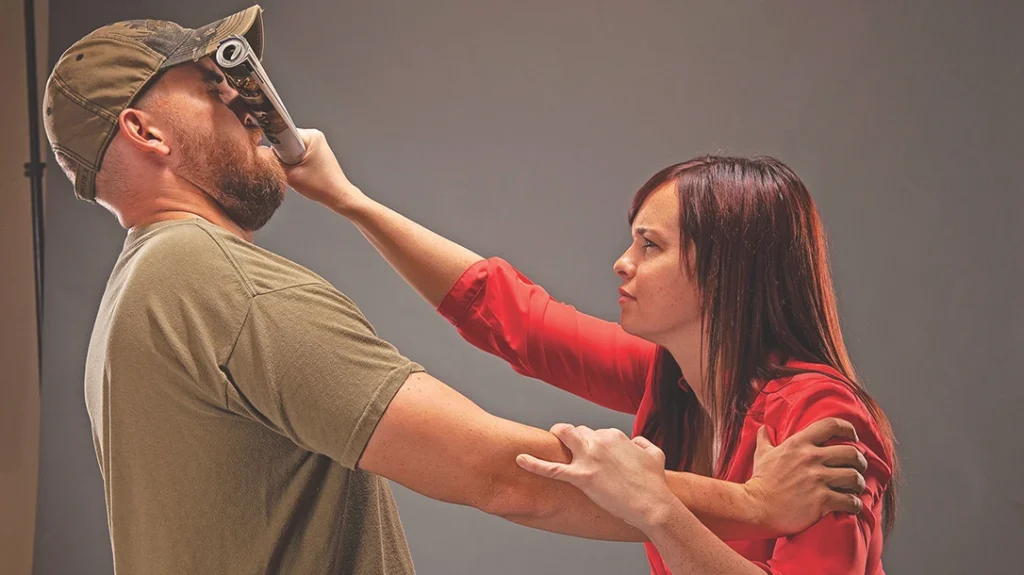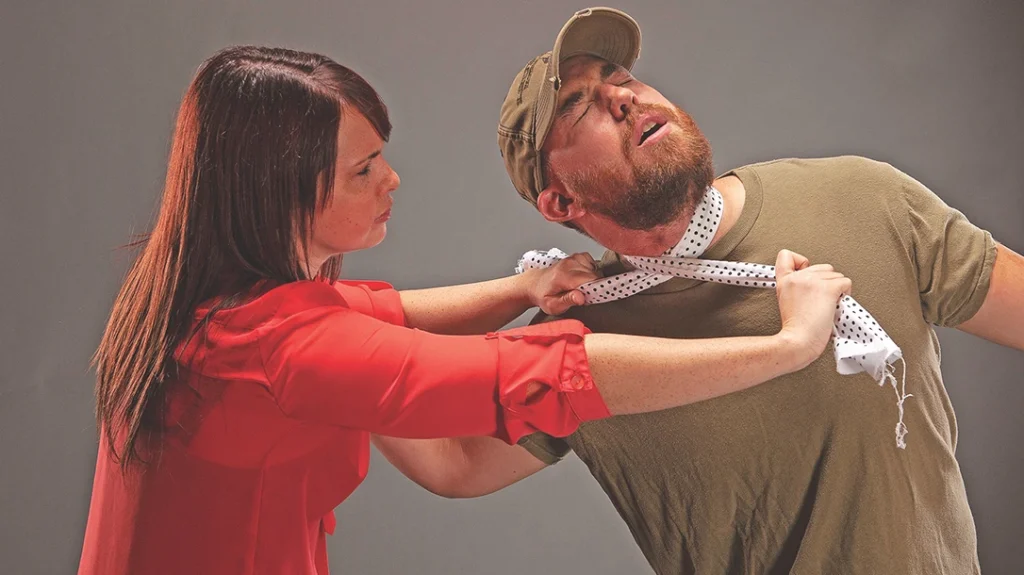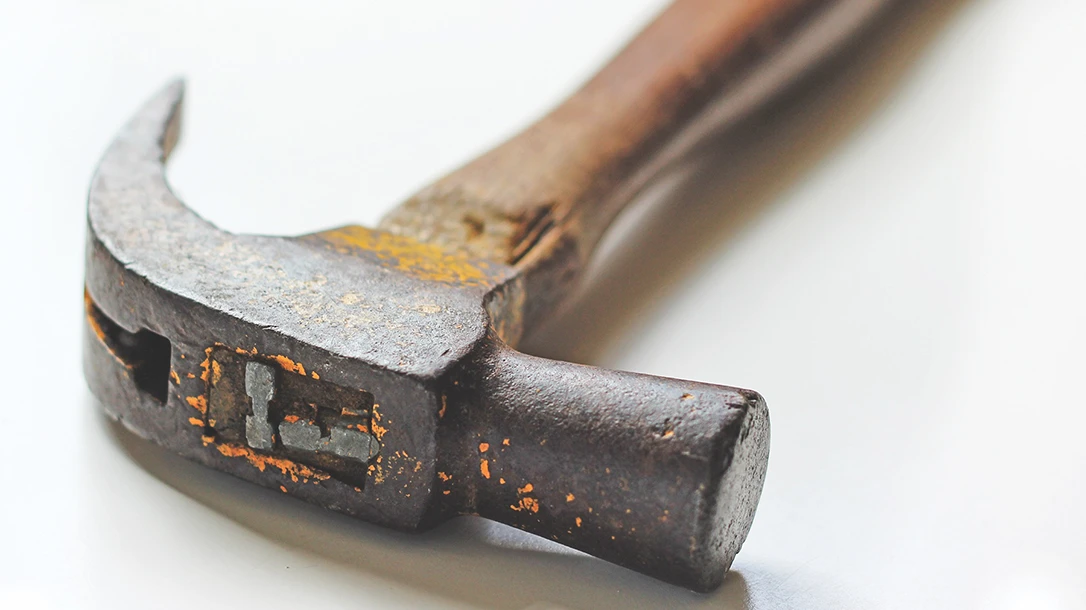There are countless people who believe that personal safety is something they are ultimately responsible for. These same people also recognize that being armed is a critical component of personal protection. The ability to bring a handgun to bear in a lethal-force encounter greatly increases their ability to survive the event. Unfortunately, there are many places around the United States where concealed-carry handguns are effectively prohibited. In fact, there are also draconian restrictions on other self-defense tools, ranging from knives to even pepper spray. These restrictions put people’s lives in danger and diminish their ability to protect themselves, this where makeshift weapons come into their own.
Makeshift Weapons
While open-hand techniques are also part of many self-defense advocates’ training, sometimes you absolutely need a weapon. It is at this point that I will reach back into history and share some applicable words from Charlemagne: “Let my armies be the rocks and the trees and the birds in the sky.” The lesson we take from this lofty quotation is that weapons are all around us. All we need to do is improvise.
Our day-to-day environment is full of makeshift weapons. Take a step back and really look at what we have at our disposal. Now, understand that I will classify some of these tools as weapons of opportunity. They are not things you would carry, but if available you can grab them and fight.
Advertisement — Continue Reading Below
Stab
Makeshift weapons come in several categories, so let us break them down. First up are stabbing weapons. They are anything rigid with a small enough point to puncture flesh. One of the best improvised stabbing weapons is a metal or solidly constructed pen. Held firmly in the hand with approximately 30 percent of it protruding, it can be a devastating weapon. As with any makeshift weapon, we will need to focus on the best targets for our new tool.

With a pen, it is best to focus on the soft tissues surrounding the neck. This area of the body is dense in veins and arteries, as well as being sensitive to pain. Pens are popular, and several companies now manufacture “tactical” pens that are designed to be used for self-defense, if needed. A screwdriver can be another effective stabbing tool. In fact, law enforcement personnel face their fair share of screwdriver attacks every year. For defensive purposes, a screwdriver is a solid choice because it is metal and includes a handle. As with the pen, targets around the neck will yield the quickest results. If the day comes that you are forced to stab with a makeshift weapon, technique will be important.
Advertisement — Continue Reading Below
The human body is resilient, and stabbing will be more difficult than you may imagine. To get the quickest results, stab at right angles. This is especially true with a pen because they run the risk of breaking. Use your entire body to strike and drive the weapon. If you do this with intent and focus, your improvised stabbing tool will stop even the most dedicated attacker.
Strike
Next up, we will look at striking an attacker. Unless you have trained and conditioned your hands for striking, you should use a weapon. Striking a hard surface such as a jaw or head can seriously damage your hand and leave you less capable of defending yourself. It looks cool in the movies, but in reality, you run the chance of breaking bones in your hand. Finding a suitable weapon for striking can be easy so long as you know what you are looking for.
Generally, you want something that has some heft to it, yet is not unwieldy. At the top of the list is a computer keyboard. Of medium weight and easy to maneuver, a keyboard also has great hard edges to amplify your strikes. Staying in the office equipment arena, a stapler can be another makeshift weapon. Generally made of metal, a stapler shares many of the qualities of the keyboard. Its individual strength is solid, and it has hard edges.
Advertisement — Continue Reading Below
One last striking weapon is a rolled-up magazine. This was seen in the movie The Bourne Supremacy, which caused quite a buzz in the combatives community. While this is a Hollywood portrayal, the application was solid. A tightly rolled-up magazine can work pretty decently as a makeshift club. As mentioned in the stabbing section, striking takes technique and focus. Using your improvised striking weapon, focus on striking using the hard edges.

The target that will give you the greatest effect is on the bridge of the nose. Striking down with a continuous firm blow using your whole body causes a great deal of shock. The nose is an extremely sensitive area and striking there causes great pain and blurred vision. One last thing to note is the need for multiple strikes. Never assume that one firm blow from anything will stop an attacker. By planning to deliver multiple strikes, you improve your odds dramatically.
Advertisement — Continue Reading Below
In the end, these common items are meant to open your eyes as much as they are to be used as actual weapons. The saying I use in courses is: “If you think it would hurt to get hit with an item, then more than likely it would be a good striking tool.”
Choking
Next in our toolbox of impromptu defenses is choking. While choking may not be your number one choice as a defensive maneuver, it is nonetheless very effective. As with striking, though, without training, it can be difficult to pull off without putting yourself in greater jeopardy. This is absolutely a situational response and a classic last-ditch maneuver.
Trying to choke someone with your bare hands is more difficult than you think, so it is once again time to improvise. This time you are looking for something to use as a garrote or choking tool. Depending on the weather, most of us have something useful in this area on us daily. A great example is a scarf. Lightweight, easy to manipulate and strong, it is very effective when used to choke. Along the same lines is a belt. While not as quick to deploy, a leather belt has seen action across decades as a makeshift weapon.
Advertisement — Continue Reading Below

Using a scarf to choke is not a quick affair. Technique and commitment to your task are paramount. The goal with improvised choking weapons is not the elimination of air to the lungs, but rather blood to the brain. Your target of choice is obviously the neck. By wrapping your weapon tightly around the neck, you begin to limit the blood flow to the brain. In this way, the attacker will begin to weaken and eventually fall unconscious. As with techniques used in judo and jujitsu, the goal is to render the assailant unconscious and thus unable to continue their assault on you.
The time it takes for this to occur depends on a variety of factors, including the attacker’s physical condition, the tightness of the choke and how much they struggle. The best place to administer your choke will be from behind or at an angle that limits the attacker’s ability to strike you. Dig in and stay put until the attacker loses the desire to fight.
Advertisement — Continue Reading Below
Spray
As we mentioned in the beginning, many places around the U.S. do not permit people to carry pepper spray. The effectiveness of pepper spray is undeniable. The pain and dysfunction it causes are the reasons pepper spray is carried by law enforcement personnel around the world.
But if you live in a communist stronghold that will not even let you carry pepper spray, you can once again improvise. There are countless spray chemicals that can serve as well as, if not better than, pepper spray in self-defense situations. Some of the best are cleaning sprays that incorporate bleach. These are usually bathroom or sink cleaners, and they have a very distinctive odor.
We will target the eyes here, with the intent of not just hitting the eyes themselves but the brow as well. If the assailant suddenly closes their eyes when you spray, the effects will not be instantaneous. But with a serious dose of the spray now running down from their brow, their eyes will shortly begin to burn. This is a highly effective way to protect your life. Regardless of the spray you choose, be aggressive and turn their own attack against them. Once again, these are not items I suggest you carry in your purse or backpack, but instead keep them in mind if they are needed.
Advertisement — Continue Reading Below
Endless Possibilities
What we have touched on here is just a small sample. If you look, you will see that there are still countless potential weapons all around you. That list of possible weapons changes from one location to the next.
The question you should ask when evaluating a potential weapon is pretty straightforward: Would that stop an attack if used correctly? Is it sturdy enough to be used in a fight? Your imagination is probably running right now with what you believe would be good weapons. A water bottle? A knitting needle? A can of wasp spray? You are perhaps looking around the room or thinking about what is in your office. You are encouraged to “war game” your self-defense plans. As Charlemagne suggested, look beyond the traditional and embrace what you have at hand.
Advertisement — Continue Reading Below
























